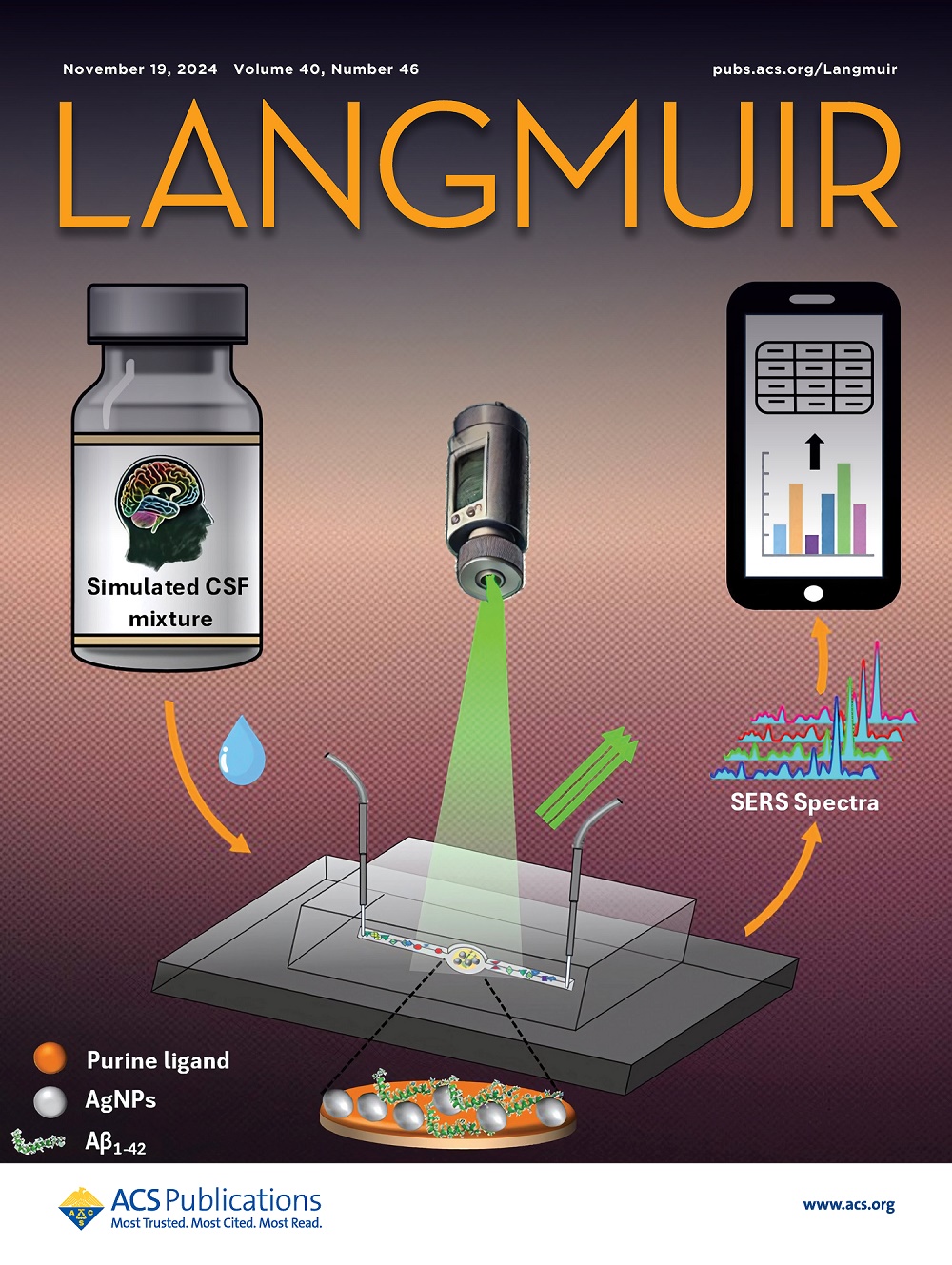酸蚀自组装羰基界面制备无枝晶长循环锌金属水电池
IF 3.9
2区 化学
Q2 CHEMISTRY, MULTIDISCIPLINARY
引用次数: 0
摘要
不受控制的枝晶生长、严重的寄生反应以及锌电极-电解质界面缓慢的界面动力学严重阻碍了锌金属电池的商业化。本文采用原位酸蚀刻策略,通过水己二酸处理(表示为AZ@Zn-8电极),在锌箔上自动制备了富含羰基氧基团的多功能界面涂层。该工程表面层具有增强的亲锌特性,显著改善了离子传输动力学,同时确保了电化学过程中均匀的锌沉积/溶解行为。锌基板上牢固结合的AZ涂层与战略取向(002)Zn平面相结合,协同确保了卓越的耐腐蚀性。因此,AZ@Zn-8电极在2 mA cm-2下表现出超过4800 h的超长循环稳定性。此外,采用LiFePO4/C和NH4V4O10正极材料组装的全电池表现出增强的电化学性能。因此,酸蚀稳定锌阳极能够自发形成功能界面层,为水性锌金属电池提供了一种简单有效的方法。本文章由计算机程序翻译,如有差异,请以英文原文为准。
Acid-Etched Self-Assembled Carbonyl Interface toward Dendrite-Free and Long-Cycling Aqueous Zinc Metal Batteries
Uncontrolled dendrite growth, severe parasitic reactions, and sluggish interfacial kinetics at the Zn electrode–electrolyte interface critically impede the commercialization of zinc metal batteries. Herein, an in situ acid-etching strategy was used to automatically fabricate a multifunctional interfacial coating enriched with carbonyl oxygen moieties on zinc foils through aqueous adipic acid treatment (denoted as the AZ@Zn-8 electrode). This engineered surface layer demonstrates enhanced zincophilic characteristics, which significantly improve ion transport kinetics while ensuring a uniform zinc deposition/dissolution behavior during electrochemical processes. The firmly bonded AZ coating on zinc substrates, combined with the strategically oriented (002)Zn planes, synergistically ensures superior corrosion resistance. Consequently, the AZ@Zn-8 electrodes display an ultralong cycle stability over 4800 h at 2 mA cm–2. Furthermore, the full cells assembled incorporating LiFePO4/C and NH4V4O10 cathode materials demonstrate an enhanced electrochemical performance. Therefore, the stabilized Zn anode enabled by acid etching to spontaneously form a functional interfacial layer offers a straightforward and efficient approach for aqueous zinc metal batteries.
求助全文
通过发布文献求助,成功后即可免费获取论文全文。
去求助
来源期刊

Langmuir
化学-材料科学:综合
CiteScore
6.50
自引率
10.30%
发文量
1464
审稿时长
2.1 months
期刊介绍:
Langmuir is an interdisciplinary journal publishing articles in the following subject categories:
Colloids: surfactants and self-assembly, dispersions, emulsions, foams
Interfaces: adsorption, reactions, films, forces
Biological Interfaces: biocolloids, biomolecular and biomimetic materials
Materials: nano- and mesostructured materials, polymers, gels, liquid crystals
Electrochemistry: interfacial charge transfer, charge transport, electrocatalysis, electrokinetic phenomena, bioelectrochemistry
Devices and Applications: sensors, fluidics, patterning, catalysis, photonic crystals
However, when high-impact, original work is submitted that does not fit within the above categories, decisions to accept or decline such papers will be based on one criteria: What Would Irving Do?
Langmuir ranks #2 in citations out of 136 journals in the category of Physical Chemistry with 113,157 total citations. The journal received an Impact Factor of 4.384*.
This journal is also indexed in the categories of Materials Science (ranked #1) and Multidisciplinary Chemistry (ranked #5).
 求助内容:
求助内容: 应助结果提醒方式:
应助结果提醒方式:


